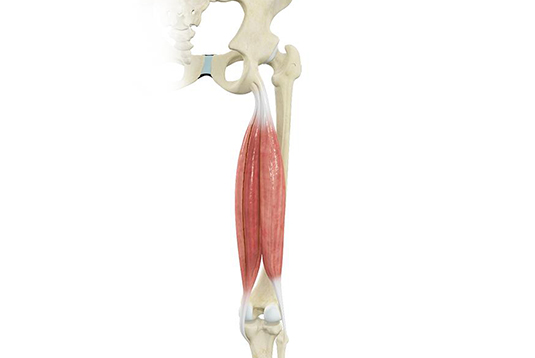
This July, the Houston Astros suffered yet another setback to their lineup when All‑Star third baseman Isaac Paredes exited a game against the Seattle Mariners with a right hamstring strain. Paredes, who has produced 19 home runs and a .259 average over 94 games this season, pulled up running to first base on July 19 and was removed immediately, limping off under his own power.
What is a Hamstring Strain?
The hamstring is a group of three muscles located on the back of your thigh: biceps femoris, semitendinosus, and semimembranosus, that function in hip extension and knee flexion. A hamstring strain occurs when these muscles are overstretched or torn, commonly during rapid running, sudden starts, or abrupt stops.
Strains are graded by severity:
- Grade I : Mild overstretching with minimal tissue damage.
- Grade II : Partial muscle tear with moderate pain and swelling.
- Grade III : Complete muscle tear with significant pain and loss of function.
Paredes described feeling a sharp pull as he began sprinting, saying “it hurts more than the other one”, suggesting at least a moderate (Grade II) strain.
Once diagnosed, the Astros placed him on the 10‑day injured list; however, Manager Joe Espada noted it was “a pretty significant injury” and he may miss “a while.”
Typical Recovery Timeline
Recovery for hamstring strains varies:
- Grade I : 1–3 weeks.
- Grade II : 4–8 weeks with structured rehab.
- Grade III : 3–6+ months, sometimes requiring surgery.
Paredes previously missed a few days with a mild left hamstring strain in June, but this right-sided injury appears more severe.
A 4–8 week recovery window is realistic. Rehab focuses on rest, stretching, strengthening, and functional retraining. Athletes must regain full speed, agility, and confidence before returning to high-level play.
Preventing Hamstring Injuries
Hamstring injuries are common in baseball and other sports that require sprinting.
Risk factors include:
- Muscle imbalances
- Inadequate warm-ups
- Fatigue or overuse
Prevention strategies include regular eccentric strengthening, dynamic warm-ups, and sport-specific conditioning.
Isaac Paredes’s hamstring strain is a reminder that even elite athletes are vulnerable to soft tissue injuries.
With proper diagnosis, a structured rehabilitation plan, and patience, most athletes return to full performance. But rushing back too soon can lead to re-injury or chronic issues.
If you’re dealing with a hamstring injury or want to prevent one, come see me at CLS Health.
I offer personalized injury evaluations, cutting-edge treatments, and return-to-play strategies to keep you active and pain-free.











